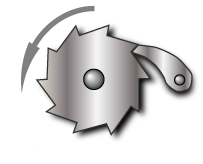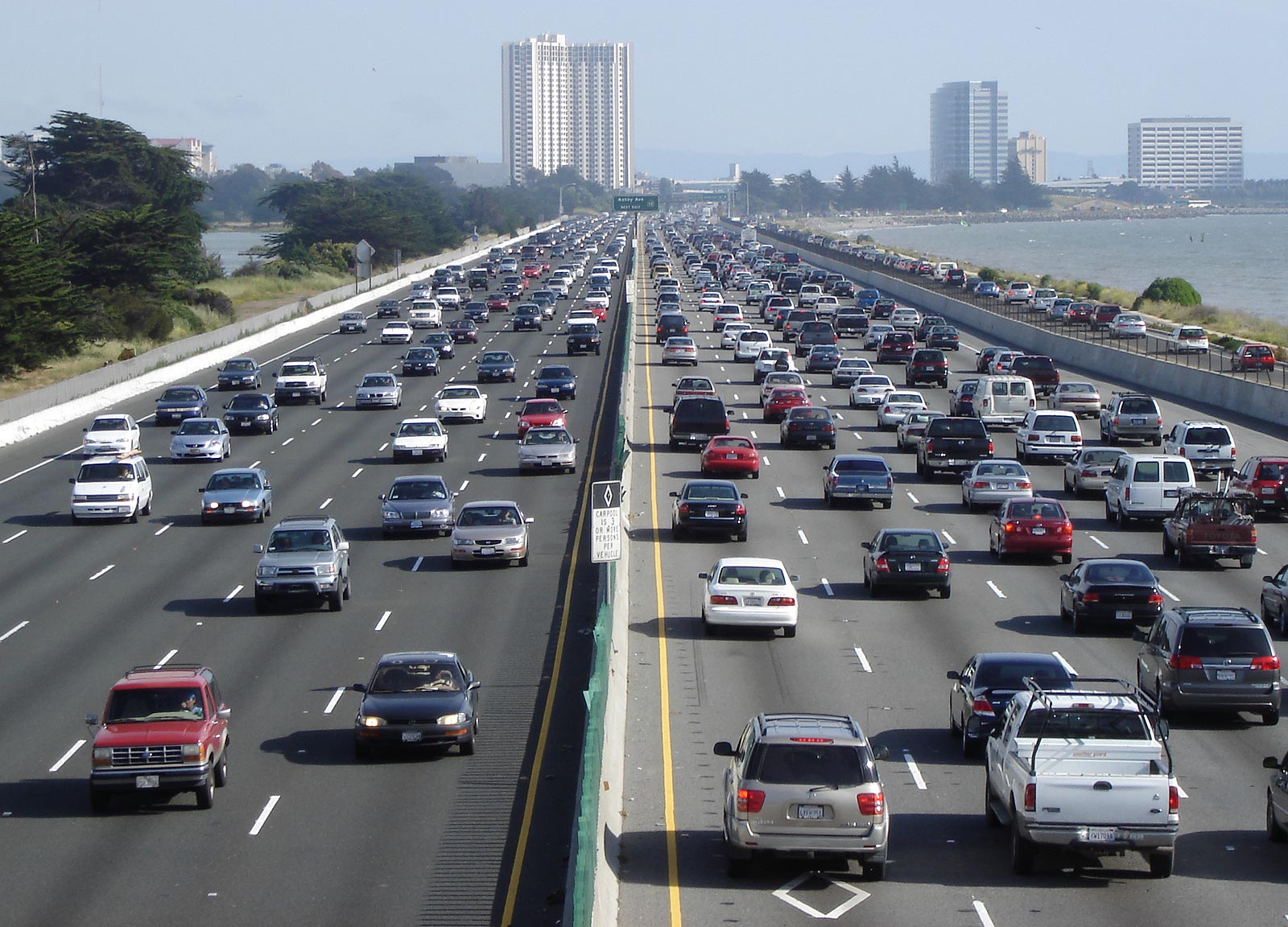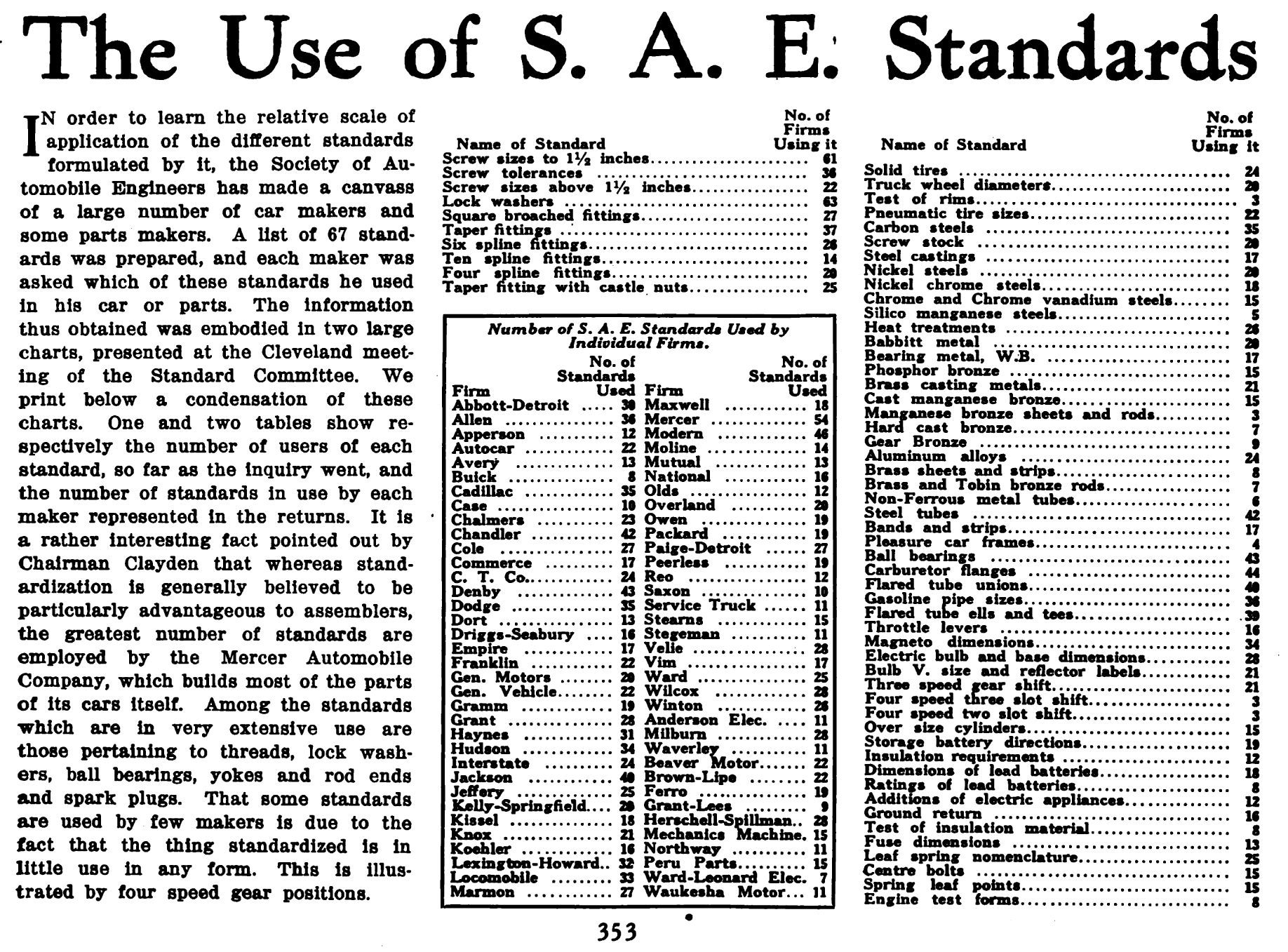|
Parking Pawl
A parking pawl is a device fitted to a motor vehicle's automatic transmission that locks up the transmission when the transmission shift lever selector is placed in the Park position. "Park" is the first position of the lever (topmost on a column shift, frontmost on a floor shift) in all cars sold in the United States since 1965 (when the order was standardised by the ''Society of Automotive Engineers'' (SAE)) through ''SAE J915'', and in most other vehicles worldwide. Mechanism The parking pawl locks the transmission's ''output shaft'' to the transmission casing by engaging a ''pawl'' (a pin) that engages in a notched wheel on the shaft, stopping it (and thus the driven wheels) from rotating. The main components of a parking pawl mechanism are the parking gear, parking pawl, actuator rod, cam collar, cam plate, pivot pin, and parking pawl return spring. The mechanism assembly is designed so that the parking pawl tooth collides and overrides the parking gear teeth (ratchets) un ... [...More Info...] [...Related Items...] OR: [Wikipedia] [Google] [Baidu] |
Pawl Brake Engaged
A pawl is a movable lever that engages a fixed component to either prevent movement in one direction or restrain it altogether. As such, it is a type of latch and can also be considered a type of dog. It typically consists of a spring-loaded lever that engages a mating component at a steep enough angle to restrain it. Pawls are often tapered, being widened at their pivot for anchoring and narrow at their tip. Applications ;Anchor windlass: A pawl is used in an anchor windlass to prevent a free-spooling chain by grabbing and snubbing an individual link. Similar mechanisms include a Devil's claw, or a claw and dog. ;Ratchet: A pawl is used in combination with a ratchet gear in socket wrenches, bicycle freehubs, winches, ratchet reels for diving, fishing, and many other applications. ;Ladder: Dogs (in the form of pawls) are used on extension ladders to temporarily anchor their sections to one-another. ;Table saw: Pawls are used on table saws to prevent a workpiece being sa ... [...More Info...] [...Related Items...] OR: [Wikipedia] [Google] [Baidu] |
Motor Vehicle
A motor vehicle, also known as a motorized vehicle, automotive vehicle, automobile, or road vehicle, is a self-propelled land vehicle, commonly wheeled, that does not operate on railway track, rails (such as trains or trams), does not fly (such as airplanes or helicopters), does not float on water (such as boats or ships), and is used for the transportation of people or cargo. The propulsion#Vehicular propulsion, vehicle propulsion is provided by an engine, engine or motor, usually a gasoline engine, gasoline/diesel engine, diesel internal combustion engine or an electric motor, electric traction motor, or some hybrid vehicle drivetrain, combination of the two as in hybrid electric vehicles and plug-in hybrid vehicles. For legal purpose, motor vehicles are often identified within a number of vehicle classes including cars, buses, motorcycles, off-road vehicles, light trucks and regular trucks. These classifications vary according to the legal codes of each country. Internationa ... [...More Info...] [...Related Items...] OR: [Wikipedia] [Google] [Baidu] |
Automatic Transmission
An automatic transmission (AT) or automatic gearbox is a multi-speed transmission (mechanics), transmission used in motor vehicles that does not require any input from the driver to change forward gears under normal driving conditions. The 1904 Sturtevant "horseless carriage gearbox" is often considered to be the first true automatic transmission. The first mass-produced automatic transmission is the General Motors ''Hydramatic'' two-speed hydraulic automatic, which was introduced in 1939. Automatic transmissions are especially prevalent in vehicular drivetrains, particularly those subject to intense mechanical acceleration and frequent idle/transient operating conditions; commonly commercial/passenger/utility vehicles, such as buses and waste collection vehicles. Prevalence Vehicles with internal combustion engines, unlike electric vehicles, require the engine to operate in a narrow range of rates of rotation, requiring a gearbox, operated manually or automatically, to drive t ... [...More Info...] [...Related Items...] OR: [Wikipedia] [Google] [Baidu] |
Transmission (mechanics)
A transmission (also called a gearbox) is a mechanical device invented by Louis Renault (industrialist), Louis Renault (who founded Renault, Renault) which uses a gear set—two or more gears working together—to change the speed, direction of rotation, or torque multiplication/reduction in a machine. Transmissions can have a single fixed-gear ratio, multiple distinct gear ratios, or continuously variable ratios. Variable-ratio transmissions are used in all sorts of machinery, especially vehicles. Applications Early uses Early transmissions included the right-angle drives and other gearing in windmills, horse-powered devices, and steam engine, steam-powered devices. Applications of these devices included pumps, mill (grinding), mills and Hoist (device), hoists. Bicycles Bicycles traditionally have used hub gear or Derailleur gear transmissions, but there are other more recent design innovations. Automobiles Since the torque and Horsepower, power output of an interna ... [...More Info...] [...Related Items...] OR: [Wikipedia] [Google] [Baidu] |
Gear Stick
A gear stick (rarely spelled ''gearstick''), gear lever (both UK English), gearshift or shifter (both U.S. English), more formally known as a transmission lever, is a metal lever attached to the transmission of an automobile. The term ''gear stick'' mostly refers to the shift lever of a manual transmission, while in an automatic transmission, a similar lever is known as a gear selector. A gear stick will normally be used to change gear whilst depressing the clutch pedal with the left foot to disengage the engine from the drivetrain and wheels. Automatic transmission vehicles, including hydraulic (torque converter) automatic transmissions, automated manual and older semi-automatic transmissions (specifically clutchless manuals), like '' VW Autostick'', and those with continuously variable transmissions, do not require a physical clutch pedal. Alternative positions Gear sticks are most commonly found between the front seats of the vehicle, either on the center console (some ... [...More Info...] [...Related Items...] OR: [Wikipedia] [Google] [Baidu] |
Society Of Automotive Engineers
SAE International is a global professional association and standards organization based in Warrendale, Pennsylvania, United States. Formerly the Society of Automotive Engineers, the organization adopted its current name in 2006 to reflect both its international membership and the increased scope of its activities beyond automotive engineering and the automotive industry to include aerospace and other transport industries, as well as commercial vehicles including autonomous vehicles such as self-driving cars, trucks, surface vessels, drones, and related technologies. SAE International has over 138,000 global members. Membership is granted to individuals, rather than companies. Aside from its standardization efforts, SAE International also devotes resources to projects and programs in STEM education, professional certification, and collegiate design competitions. History In the early 1900s there were dozens of automobile manufacturers in the United States, and many more w ... [...More Info...] [...Related Items...] OR: [Wikipedia] [Google] [Baidu] |
Pawl
A pawl is a movable lever that engages a fixed component to either prevent movement in one direction or restrain it altogether. As such, it is a type of latch and can also be considered a type of dog. It typically consists of a spring-loaded lever that engages a mating component at a steep enough angle to restrain it. Pawls are often tapered, being widened at their pivot for anchoring and narrow at their tip. Applications ;Anchor windlass: A pawl is used in an anchor windlass to prevent a free-spooling chain by grabbing and snubbing an individual link. Similar mechanisms include a Devil's claw, or a claw and dog. ;Ratchet: A pawl is used in combination with a ratchet gear in socket wrenches, bicycle freehubs, winches, ratchet reels for diving, fishing, and many other applications. ;Ladder: Dogs (in the form of pawls) are used on extension ladders to temporarily anchor their sections to one-another. ;Table saw: Pawls are used on table saws to prevent a workpiece being ... [...More Info...] [...Related Items...] OR: [Wikipedia] [Google] [Baidu] |
Park By Wire
Shift-by-wire is an automotive concept or system that employs electrical or electronic connections that replace the Linkage (mechanical), mechanical connection between the driver's gearshift mechanism and the Transmission (mechanical device), transmission. Since becoming commercially available in 1996, shift-by-wire has been commonly used in automated manual transmission and has later been implemented in semi-automatic transmission and automatic transmission. Dispensing with gearshift mechanical linkages has several advantages: it reduces complexity and simplifies assembly; reduces the force required to shift gears and allows it to be customized with haptic technology; allows for more Automotive design#Interior design, interior design freedom in the placement of the gearshift mechanism; allows for automation of the engagement of the parking brake and other functions; reduces cabin noise by eliminating the acoustic linkage between the transmission and the gear shift; and by reducing ... [...More Info...] [...Related Items...] OR: [Wikipedia] [Google] [Baidu] |
Transmission Brake
A transmission brake or driveline parking brake is an inboard brake, inboard vehicle brake that is applied to the drivetrain rather than to the wheels. Historically, some early cars used transmission brakes as the normal driving brake and often had wheel brakes on only one axle, if that. In current vehicles, these brakes are now rare. They are found in some makes, notably Land Rover, usually for light off-road vehicles. Simple transmission brakes could be found in large vehicles too, such as the 16 inch single disc parking brake used in the M19 tank transporter of World War II. Such a system was also used on the Humvee, HMMWV. The transmission brake is provided solely as a parking brake or handbrake. Normal wheel brakes are still provided for use when driving. Driver's manuals usually caution against using the transmission brake when driving, as it is neither powerful enough nor robust enough and so will not work effectively and may even be damaged by trying to stop a moving vehi ... [...More Info...] [...Related Items...] OR: [Wikipedia] [Google] [Baidu] |
Electronic Parking Brake
An electronic parking brake (EPB), also known as an electric parking brake or electric park brake, is an electronically controlled parking brake, whereby the driver activates the holding mechanism with a button and the brake pads are electrically applied to the rear wheels. This is accomplished by an electronic control unit (ECU) and an actuator mechanism. There are two mechanisms that are currently in production, ''Cable puller systems'' and ''Caliper integrated systems''. EPB systems can be considered a subset of Brake-by-wire technology. First introduced on the 2001 Lancia Thesis, electronic parking brakes have since appeared in a number of vehicles. Functionality Apart from performing the basic vehicle holding function required of park brakes, the EPB systems provide other functions like automatic release of the park brakes when the driver presses the accelerator or slips the clutch, and re-clamping using additional force on detection of vehicle motion. Further, the hill-hol ... [...More Info...] [...Related Items...] OR: [Wikipedia] [Google] [Baidu] |




